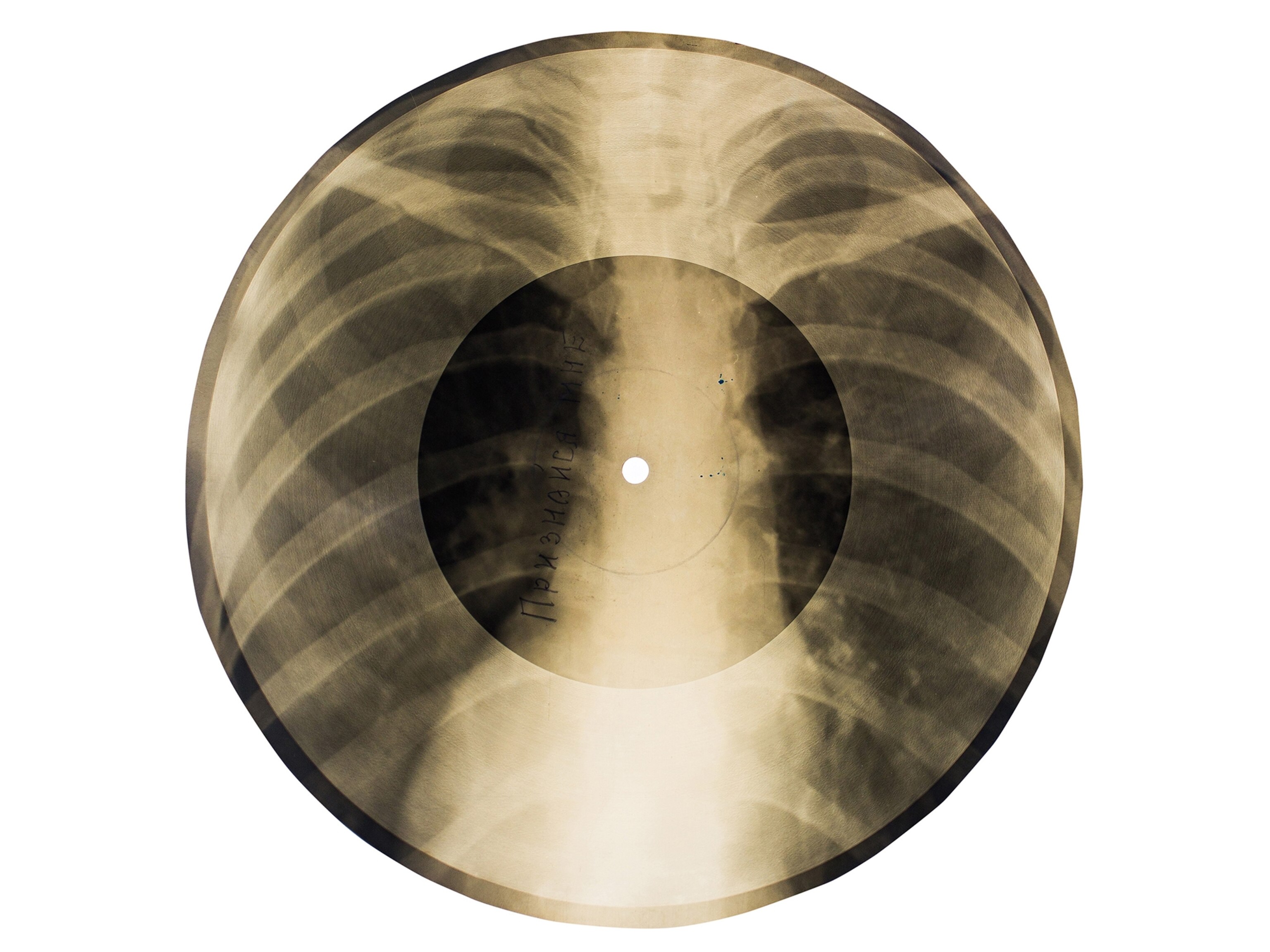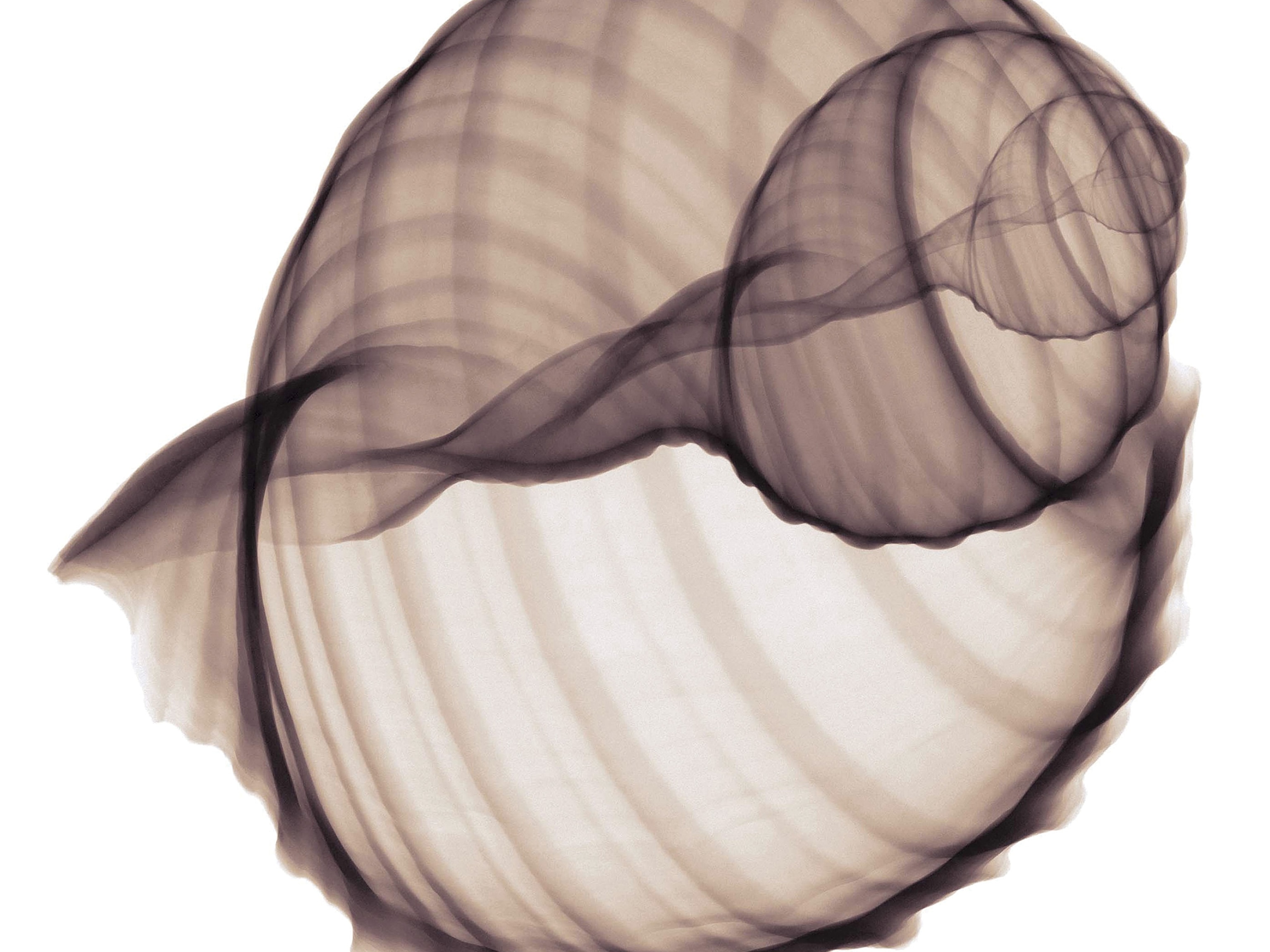Inside the Covert World of Bootleg X-Ray Records
For decades, Soviet Russia banned pop, jazz, and rock-and-roll. These music lovers devised a solution: music 'on the bone.'
Many forms of music were forbidden in the Soviet Union, especially in the first years of the Cold War. Western jazz and rock-and-roll were deemed the music of the enemy; Russian-émigré pop, the music of traitors. The Soviets banned “any music with a sort of swing to it,” says Stephen Coates, a British musician who founded the X-Ray Audio Project to chronicle one effort to evade state control.
In 1946 two enterprising music lovers in Leningrad, Ruslan Bugaslovski and Boris Taigin, figured out a way to copy records. The original music was smuggled into the country, often by sailors. Because materials in the U.S.S.R. were scarce, the two men scavenged parts from tools, such as drills, and old gramophones to build a recording machine. For the records themselves, they turned to an unlikely source: discarded x-rays, which were made of plastic soft enough to be cut by the recording machine.
The pair’s creations were striking: An x-ray image of broken ribs emitted the lilt of Russian tango. A Broadway show tune quavered from a dislocated pelvis. A human skull was the morbid backdrop for American jazz. “You have these pictures of the insides of Soviet citizens, impressed with the music they secretly loved,” says Coates, who stumbled across one of these “bone records” a few years ago in St. Petersburg.
(Hottest Thing on Earth: X-Rays Heat Metal to 3.6 Million Degrees)
Bootleggers in other cities picked up the duo’s methods, creating an underground record culture that lasted nearly two decades. But the authorities caught on too: Bugaslovski was imprisoned three times. “That’s how much music can matter,” says Coates.








